
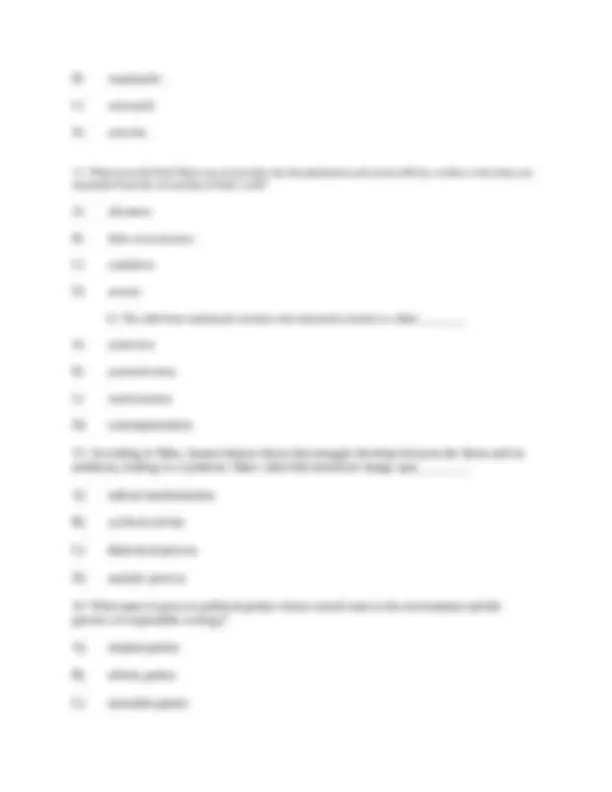
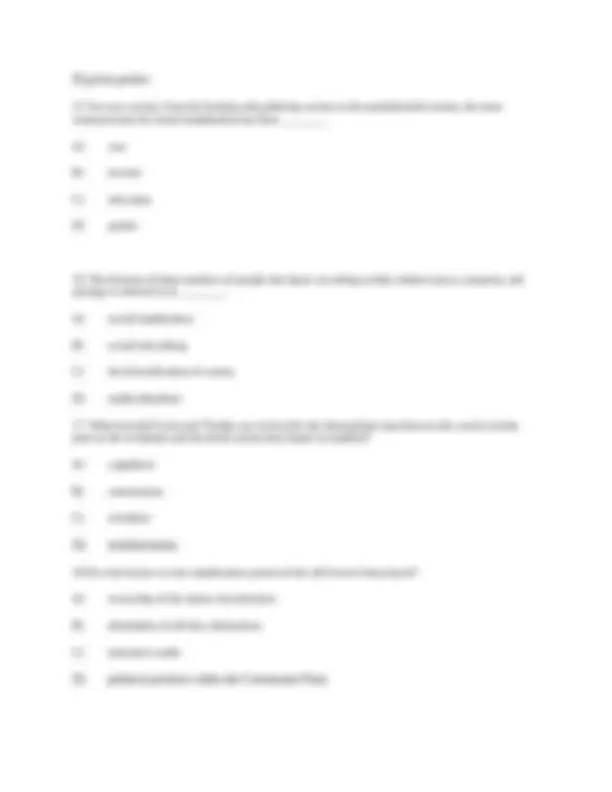
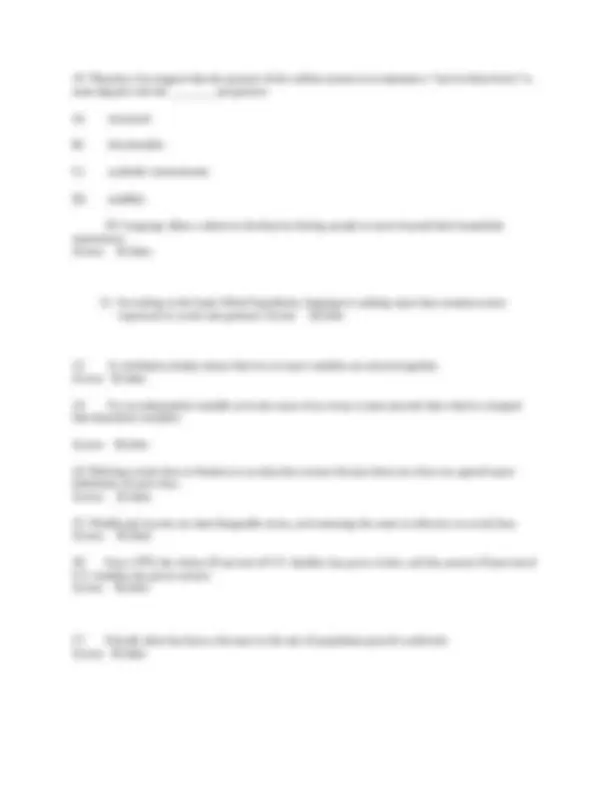
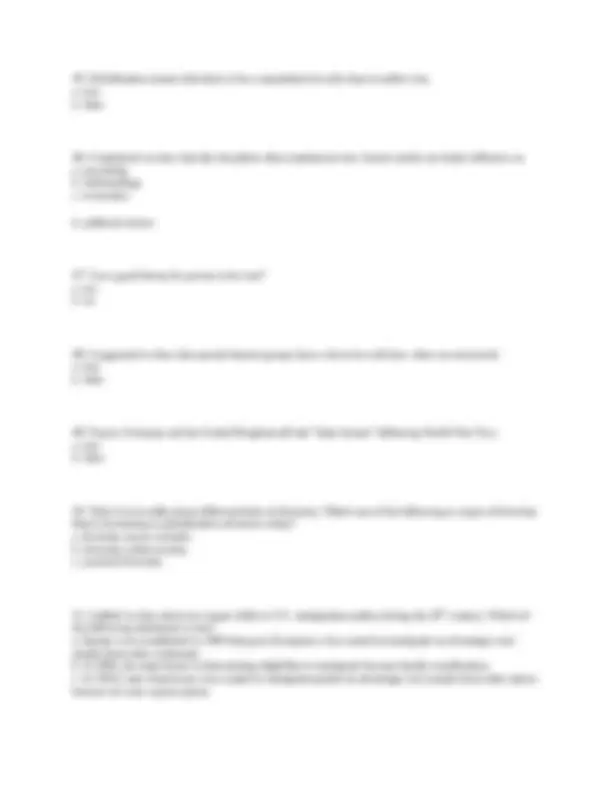
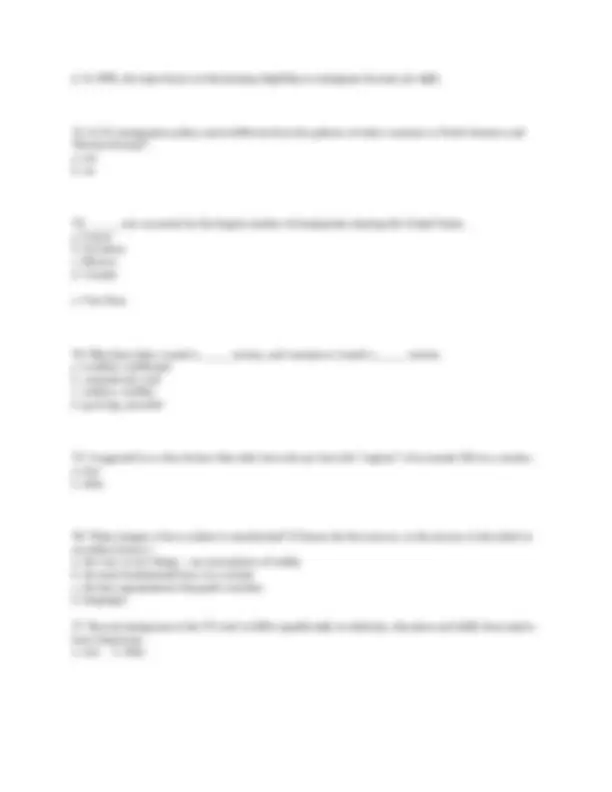



Study with the several resources on Docsity

Earn points by helping other students or get them with a premium plan


Prepare for your exams
Study with the several resources on Docsity

Earn points to download
Earn points by helping other students or get them with a premium plan
Community
Ask the community for help and clear up your study doubts
Discover the best universities in your country according to Docsity users
Free resources
Download our free guides on studying techniques, anxiety management strategies, and thesis advice from Docsity tutors
A series of multiple-choice questions related to social class, intergenerational mobility, political systems, and historical changes. It is intended for students of sociology or political science, and covers topics such as social darwinism, functionalists and conflict theorists, welfare reform, social stratification, and marxist theory.
Typology: Exams
1 / 10

This page cannot be seen from the preview
Don't miss anything!







SOCY 101 exam 1 spring 2011 If you'll mark your answers on this booklet and keep it, you can learn your score by checking the answer key. I’ll announce in class where it can be found on the web. Use a pencil to mark your multiple-choice answers on the machine-readable form. Be sure to include your VCU ID number (the first nine columns of the "identification" section) and to fill in the circles below both your name and number. Good luck!
18.On what factor was the stratification system of the old Soviet Union based? A) ownership of the means of production B) elimination of all class distinctions C) inherited wealth
a. every country had sovereignty b. international disputes should be decided by the World Court c. wars should be fought according to internationally agreed-to rules d. all countries should follow uniform standards for criminal justice